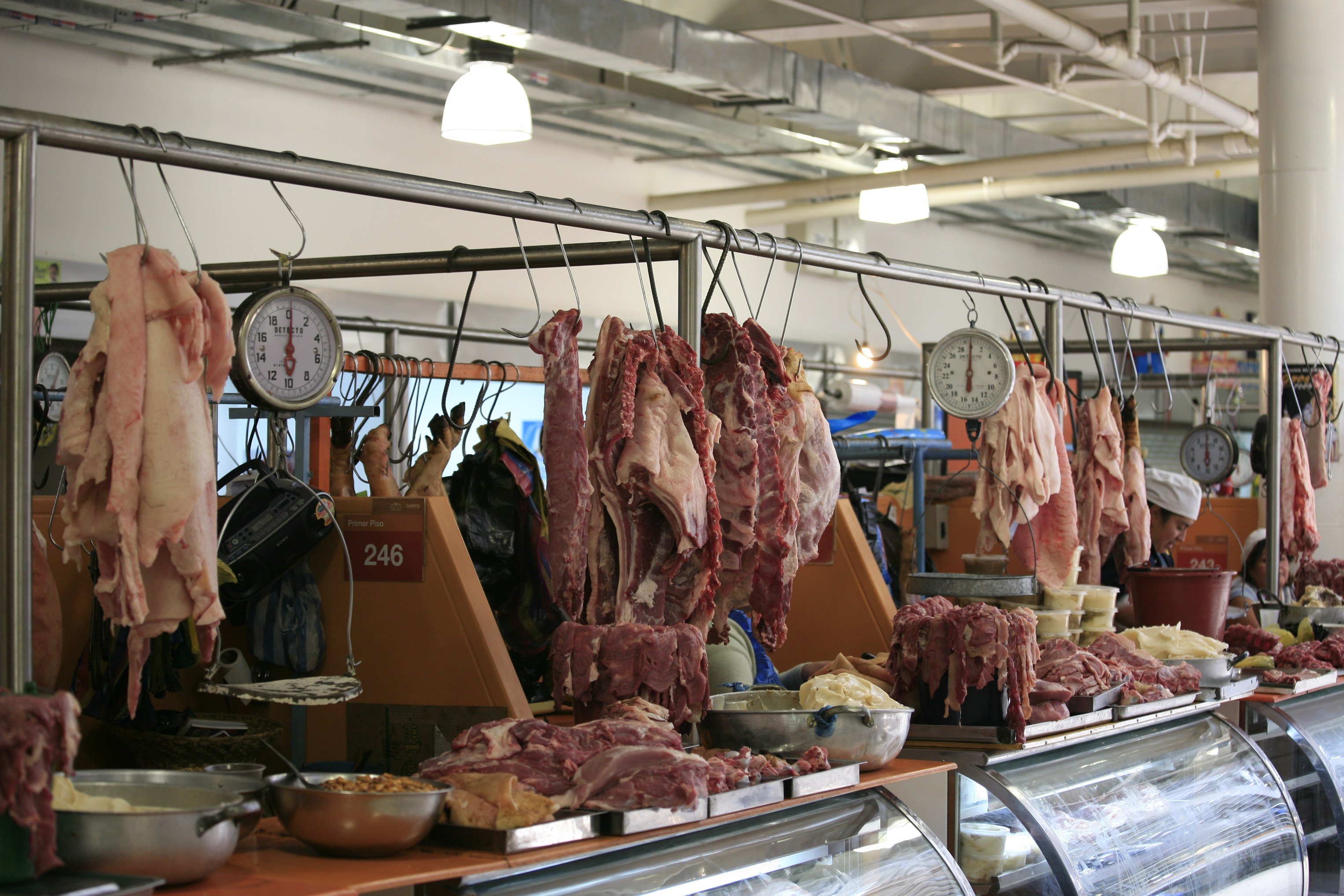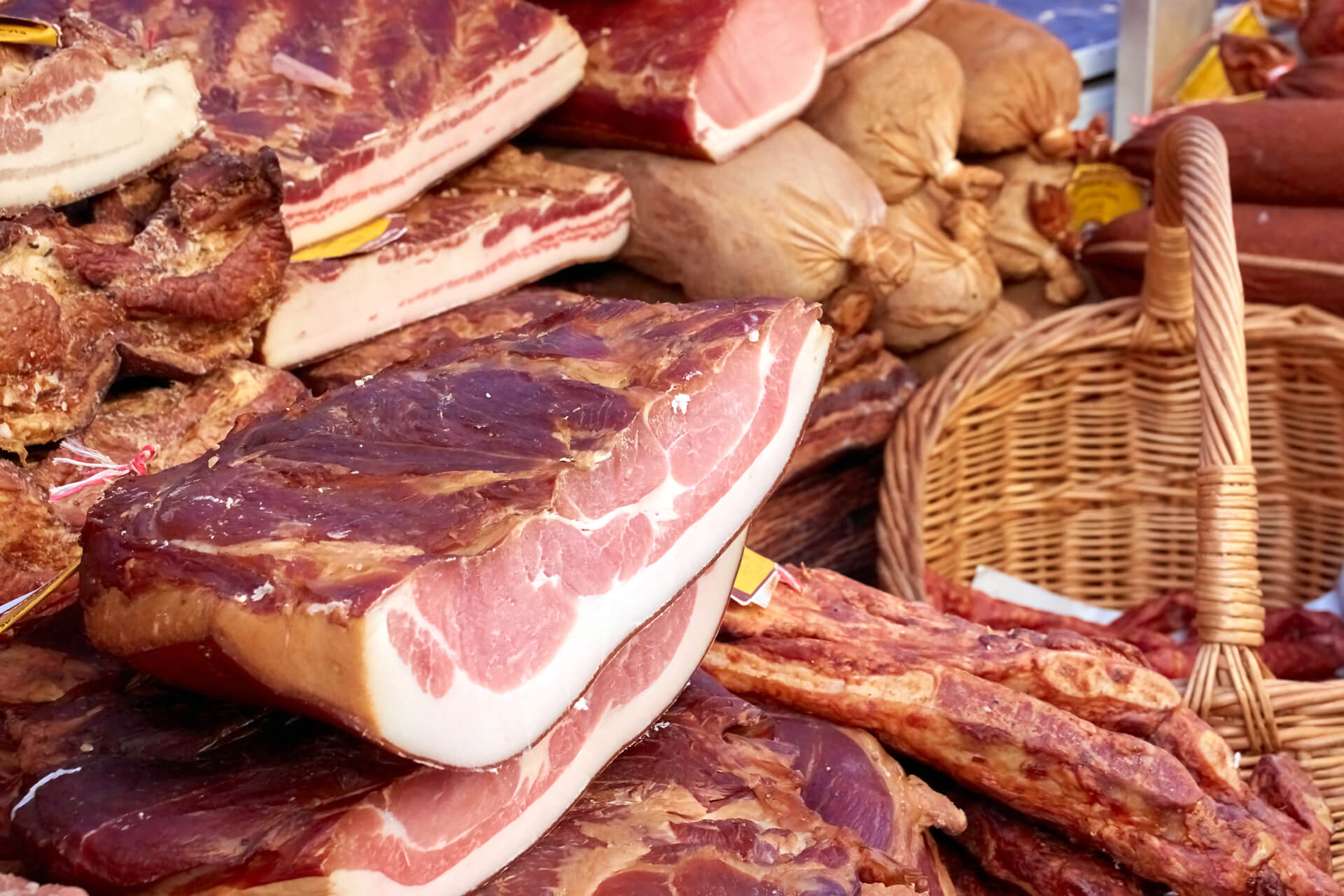Bagley Farms Meat Market Edwardsville IL: Your Best Destination for Neighborhood Meat Choice
Bagley Farms Meat Market Edwardsville IL: Your Best Destination for Neighborhood Meat Choice
Blog Article
Uncover the Art of the Butcher's Cut in a Modern Meat Market
In the ever-evolving landscape of modern-day meat markets, the butcher's cut has actually transcended its standard origins, combining old-time craftsmanship with contemporary methods. What really establishes the contemporary butcher apart is their ability to create a deeper connection between consumers and the beginnings of their meat.
Development of Butchery Strategies

The mid-20th century saw butchery strategies additionally fine-tuned by clinical understandings right into muscle mass biology and meat aging, boosting both inflammation and preference. Advancements like vacuum cleaner packaging and refrigeration prolonged item shelf-life, allowing butchers to branch out offerings and improve quality assurance. This period likewise marked the surge of specialized equipment, such as band saws and meat slicers, which boosted accuracy and effectiveness in meat handling.
Computerized systems now aid in monitoring pet provenance and maximizing cuts to meet certain client preferences. Furthermore, a revival in artisanal butchery has actually arised, blending typical abilities with contemporary expertise to provide to consumers seeking moral and lasting meat alternatives.

Recognizing Meat Cuts

Understanding the ins and outs of meat cuts is necessary for both butchers and customers looking for high quality and value. Each cut comes from a various part of the pet, imparting one-of-a-kind flavors, structures, and cooking methods. Mastery of these distinctions not just boosts culinary experiences but likewise makes the most of the energy of each carcass. For butchers, precise cuts show ability and regard for the craft, making certain very little waste and optimal yield.
The primary groups of meat cuts consist of primitive, sub-primal, and retail cuts. Primitive cuts, such as the loin, rib, and chuck, are the huge areas at first separated from the carcass. Butchers then damage these down even more right into sub-primal cuts, before finally creating retail cuts available to consumers, like ribeye or tenderloin. Each phase needs cautious focus to anatomical structure and muscle structure.
Comprehending muscular tissue composition is essential; muscle mass utilized much more often by the animal have a tendency to be harder and are best fit for slow-moving cooking techniques, while less-used muscles, like those located in the loin, are a lot more tender and ideal for cooking or roasting. Experience with these distinctions empowers customers to make informed options, improving their cooking ventures.
Picking Top Quality Meat
Choosing the best meat includes more than just picking a visually appealing piece from the display. The art of selecting high quality meat requires a discerning eye and understanding of specific characteristics that signify quality and quality. Firstly, focus on the shade; beef should have a brilliant, cherry-red shade, while lamb ought to show a soft pink tone, and pork a light pink. This suggests the meat is fresh and hasn't been subjected to oxygen for as well long.
Second of all, consider the marbling, which describes the white flecks of fat within the muscle. Proper marbling is a vital sign of inflammation and taste, as it thaws during cooking, boosting the meat's juiciness. Keep in mind, higher marbling commonly correlates with exceptional quality cuts, such as USDA Prime.
Texture is another crucial aspect; meat ought to feel firm to the touch, not slimy or extremely soft. Furthermore, bear in mind the fragrance. Fresh meat must have a tidy, neutral odor, free from any type of sour or off-putting odors.
Pairing Cuts With Food Preparation Methods
Effectively pairing cuts of meat with the ideal food preparation methods is necessary for attaining optimum flavor and appearance. Various cuts differ in tenderness, marbling, and connective tissue web content, each requiring details techniques to unlock their possibility. Tender cuts like filet mignon and ribeye, with their intrinsic marbling, benefit from high-heat, quick-cooking techniques such as grilling or pan-searing. These methods enhance the meat's all-natural tastes and ensure a juicy surface.
Conversely, harder cuts like brisket and chuck roast are abundant in collagen, which breaks down right into gelatin when prepared slowly. These cuts are suitable for braising or sluggish roasting, enabling the meat to soften in time and develop deep, intricate tastes. Likewise, cuts such as short ribs and pork shoulder make out well with slow-cooking techniques, where expanded cooking you can look here times transform their robust textures right into succulent meals.
Lamb shanks and oxtail, which need long term cooking to soften, are ideal prospects for cooking or sluggish simmering. These techniques coax out rich, passionate tastes while keeping dampness. By comprehending the distinct features of each cut, chefs and home cooks alike can boost their culinary productions, making sure each dish is both satisfying and unforgettable.
The Butcher's Function Today
Navigating the progressing landscape of the modern meat market, the butcher's role today prolongs beyond plain prep work of cuts. Contemporary butchers are culinary craftsmens, instructors, and advocates for sustainable methods. They link the gap in between the ranch and the fork by making certain moral sourcing, recognizing pet husbandry, and prioritizing transparency in the supply chain. This shift reflects the expanding customer need for high quality over amount, where provenance and animal well-being are critical.
In addition to crafting accurate cuts, butchers now involve directly with read here customers, providing cooking guidance and customizing options to match specific needs and preferences. Their competence in meat aging, marbling, and flavor accounts empowers customers to make educated decisions, enhancing their cooking experiences. This individualized service exhibits the butcher's progressing function as a relied on advisor in the kitchen.
In addition, butchers are critical in lessening waste, making use of whole pets to create varied products such as sausages and stocks - bagley farms meat market edwardsville il. This extensive strategy not only respects the pet but also straightens with contemporary sustainability goals. This way, the modern butcher embodies both tradition and advancement, adapting to an ever-changing market while maintaining the virtuosity and honesty of their craft

Final Thought
Proficiency in recognizing diverse meat cuts and top quality indicators encourages butchers to provide enlightened suggestions, straightening certain cuts with optimum food preparation techniques. Get More Info By honoring historic practices while accepting contemporary needs, the butcher's function continues to be essential in today's advanced meat market.
Report this page